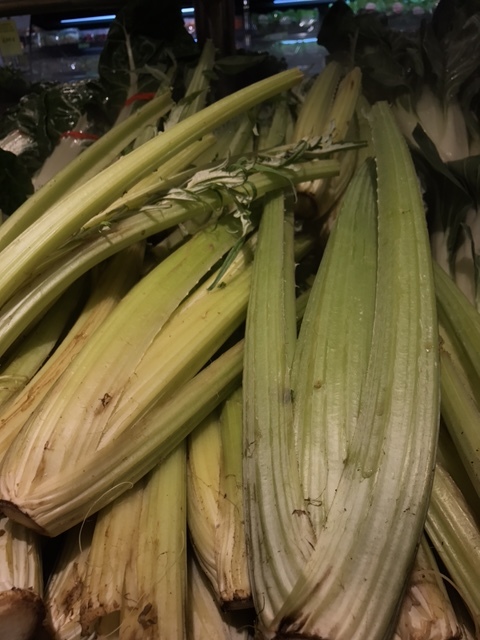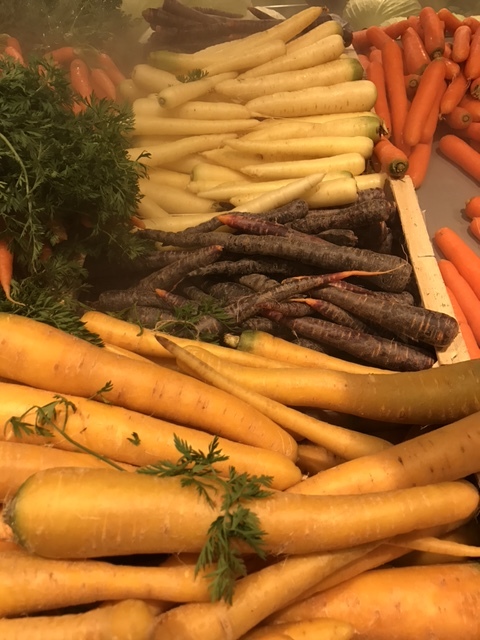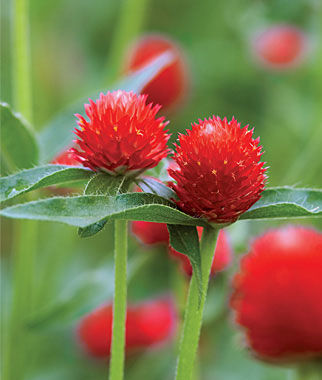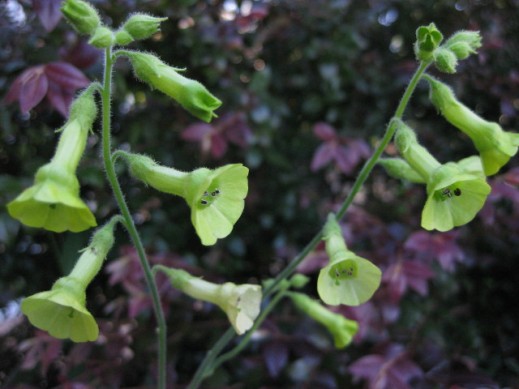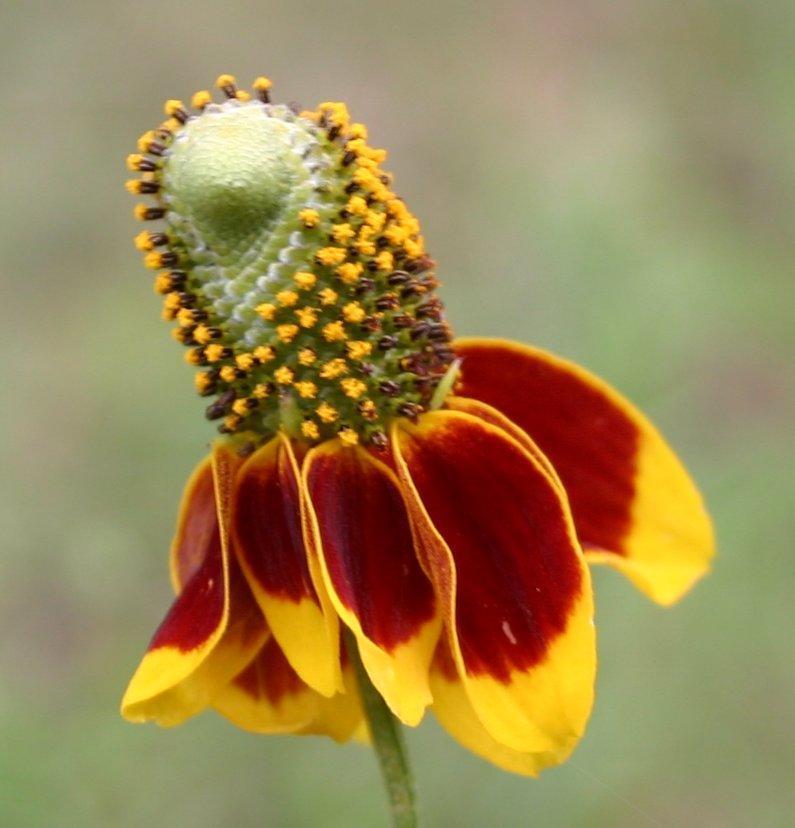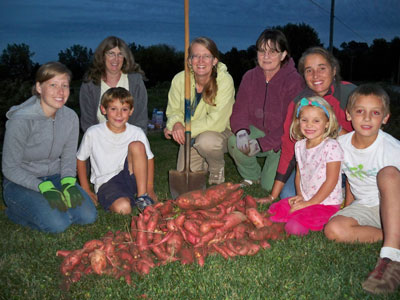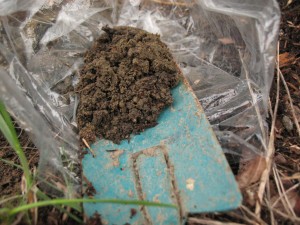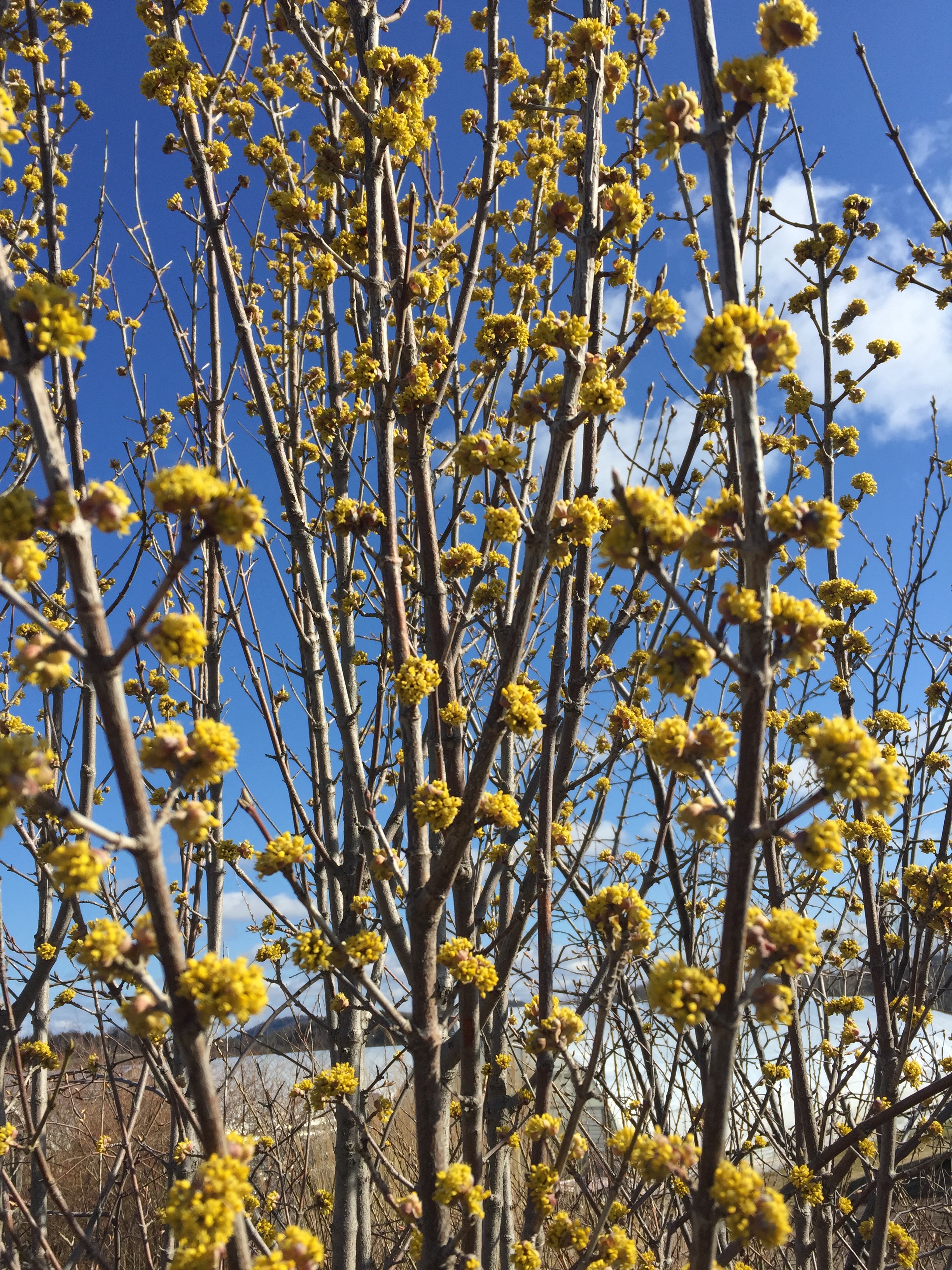Gardening is a good way to stay on track, to remember what matters most. As Ralph Waldo Emerson wrote in his journal
I have confidence in the laws of morals as of botany. I have planted maize in my field every June for seventeen years and I never knew it to come up strychnine. My parsley, beet, turnip, carrot, buck-thorn, chestnut, acorn, are as sure. I believe that justice produces justice, and injustice injustice.
I came across that citation while reading Mary Oliver's newest book of essays, Upstream. Like many of you, I have been looking for order and calm lately. Her writing always hits the spot. If gardening is a place of integrity, as in, "what you do is what you get", how do we recreate that in winter, when our gardens are frozen and under snow? I visited a friend this weekend who has a little plant corner in her kitchen. Two small seats and a few tables arranged around and in front of the seats that are covered in dozens of plants: a fig tree, a robust amaryllis, orchids, poinsettias, and more greet her each morning when she has her coffee. It is a charming and soothing place, where thoughts can wander and creativity can flourish. I am trying to recreate that in my house. Maybe you are too.
Winter is a time when ideas foment and form, taking shape in the spaces opened by rest and restoration. It is the perfect time to plan the garden, to make lists, to revisit the names of favorite plants and secure their hold in the future garden of your imagination. I hope you are pouring over catalogs as we have been. A few of our favorites: Johnny's Selected Seeds, High Mowing Seeds, Select Seeds (for unusual annuals), Seed Savers' Exchange for heirloom vegetables, Native Seeds/SEARCH, and many more. We love providing our customers with new varieties to try each year; many of them are very old varieties, but they are new to us. We love to hear suggestion too, so please let us know if there is anything you would like to see us grow.
Another way I like to bring the garden inside for winter is with dried herbs. Dried peppermint, steeped for a few minutes, is just the right thing most evenings. Lemon balm, lemon verbena, tulsi, anise hyssop, bronze leaf fennel, and nettles dried and stored in jars or paper bags are a nice addition to the pantry. They are easy to grow in the garden or in pots, and can be dried by hanging in a warm, dark, airy place like an attic or barn. I also use dried herbs from the garden in all kinds of soups, stews, roasted meats and roasted veggies. I harvest big branches of sage, thyme, rosemary and oregano in the fall, put them in a basket, and just leave them on the counter, replenishing from a bigger stash that is stored in paper bags to stay out of the sun.
Here are a few of our favorite recipes this time of year that use up some of those dried herbs:
Chicken Broth, Parsley Salad, and Reconstructed Soup
Black Bean and Butternut Squash Chili
Cooking slow, flavorful meals is just part of the garden's contribution to these dark days. This year, it all feels extra important to find time to recharge our batteries and keep clear sight of our community and values. Gardening can be civic in nature. People grow gardens for all kinds of reasons - to beautify their home and neighborhood, to feed their family healthy food, to donate to food pantries, to stay active, to stay connected to other gardeners, to teach their kids where food comes from. They are all good reasons. Whenever I travel to a city or town, I try to find a community garden to walk through, exploring the patchwork quilt of living plants and people. Community gardening is the perfect expression of our pluralistic society. We can see garden styles from all over the world in one tiny place. We can see people sharing food, land and kind words. If I had to pick one place that demonstrates, over and over, that this experiment of democracy can work, it would easily be the urban community garden. If you are a suburban or rural gardener who does not need to join a community garden, see if you can take the time this summer to walk through one of Burlington's (or Montreal's if you are headed north) vibrant community gardens. If you are already involved in community gardening, I hope you feel a renewed appreciation for all it represents. Enjoy each other.
And if you would like to contribute or find out more about community gardening in Burlington, please contact Vermont Community Garden Network, New Farms for New Americans or Burlington Area Community Gardens.



